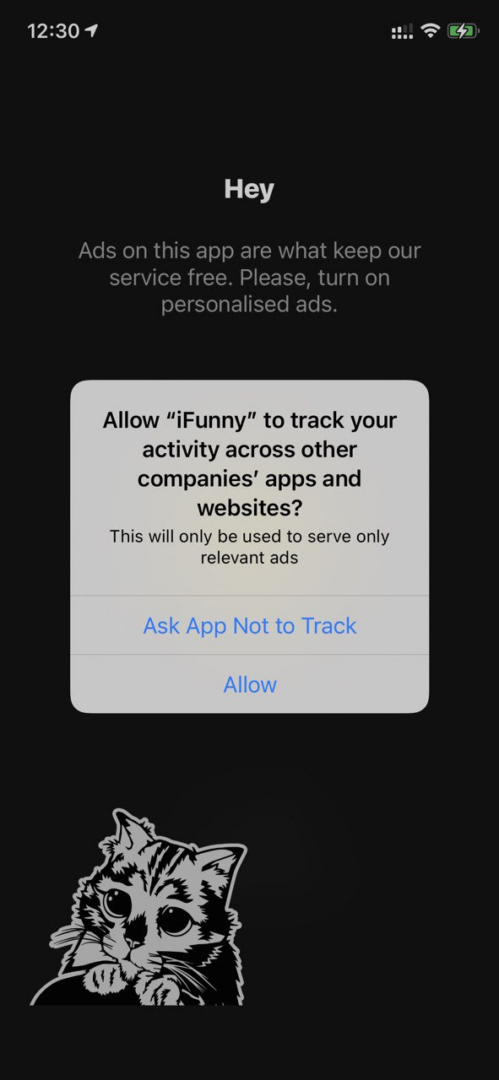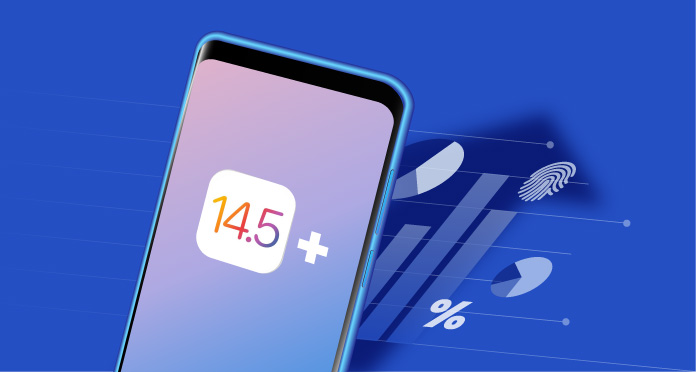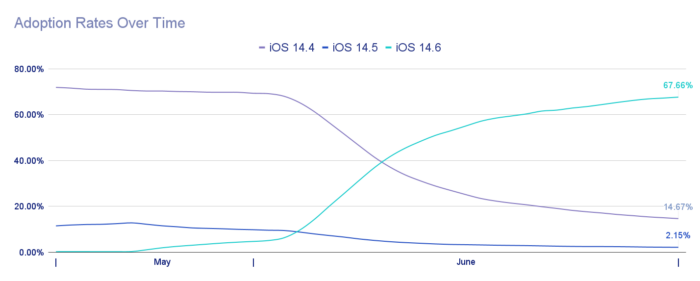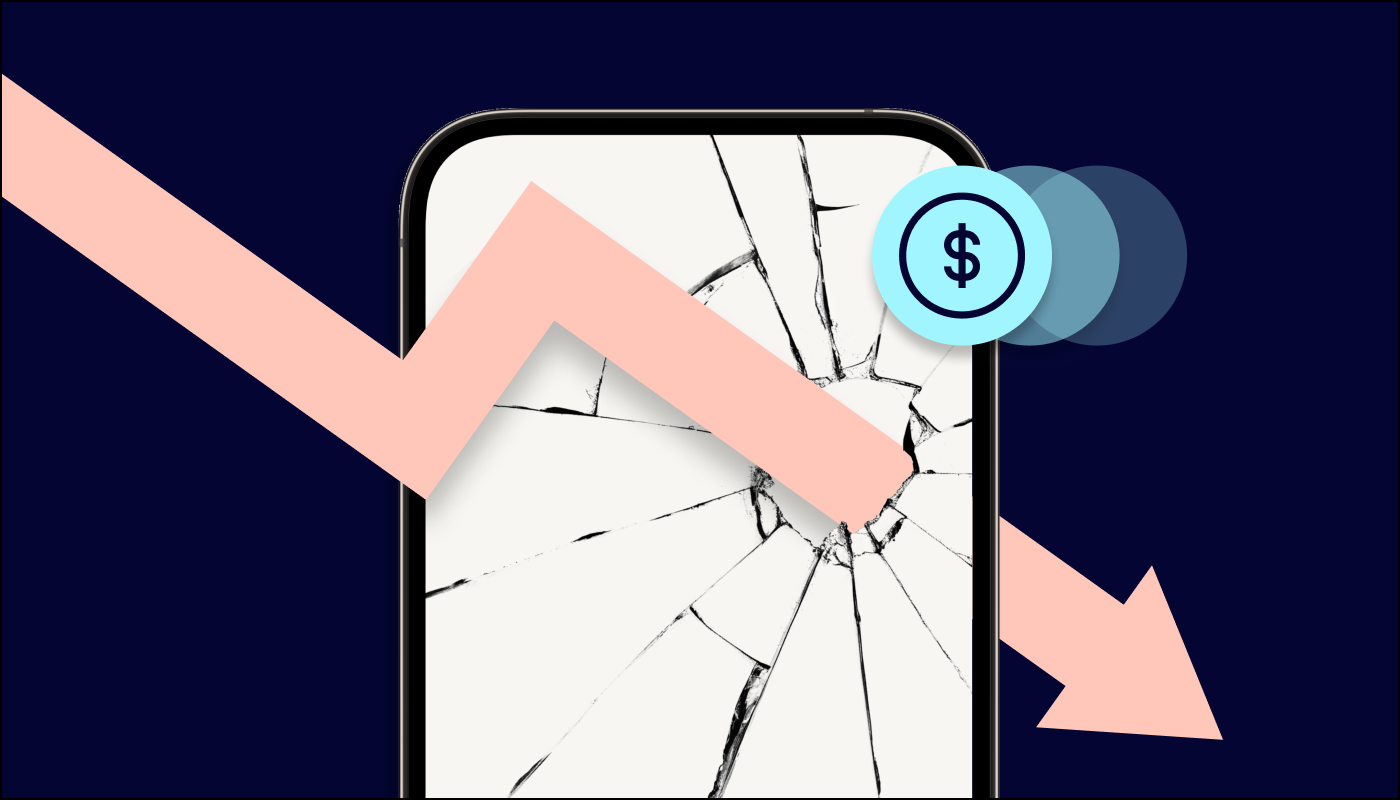From the moment Apple dropped the bomb and announced that from version iOS 14.5 onward, the IDFA would be available only if users actively opted-in, leading companies in the mobile industry have shared their opinions and predictions on the effects that this change would bring about. Given nobody could anticipate the real implications, forecasts on opt-in rates ranged from a pessimistic 10% to an overwhelming 70%.
Now that iOS 14.5 has been around for a while, and has already been succeeded by version 14.6, it’s time to crunch the numbers. At Verve, to reflect on the impact it has had on our publishers, we’ve analyzed the performance of all iOS versions on our exchange between May 16 and June 29. We also checked in with our publisher partners including entertainment app publisher FunCorp. Let’s elaborate on what we found.
Reflecting on scale: Adoption rates
To start off, let’s note that Apple commonly performs staged rollouts for new OS versions. That means that Apple starts by offering the latest version to users in the background without actively pushing the update to catch any bugs and malfunctions early on and fix them. Therefore, only those users who actively look for it will upgrade their OS, resulting in slow adoption rates at first, until Apple is satisfied with the performance results and starts to actively promote it. Due to bugs found on iOS 14.5, Apple quickly replaced it with the updated version 14.6.
That said, iOS 14.6 currently makes up almost 70% of all iOS ad requests in our exchange, with version 14.4 coming in second with around 15% of our iOS traffic. Version 14.5 has dropped to 2%, showing that users have mainly moved from iOS 14.4 to iOS 14.6 directly. However, when we compare fill rates, iOS 14.4 dominates the exchange with a fill rate of almost two times that of iOS 14.5 and iOS 14.6.
Evaluating user addressability: Opt-in rates
Let’s take a closer look at the opt-in, opt-out, and Limit Ad Tracking (LAT) rates measured by the amount of ad requests reaching our exchange. As a preface, LAT traffic has been deprecated after the iOS 14.5 update. The ATT default is rejecting access to the IDFA, and only an active opt-in will grant access to the tracking parameter. Therefore the number of unidentifiable users is naturally higher on iOS versions 14.5+, and the IDFA value will be zeroed out by default.
On our exchange, LAT traffic on iOS 14.4 makes up only around 30% of all ad requests, while on iOS 14.5 and 14.6, unidentifiable traffic accounts for 50% of requests.
On a positive note, we currently see that around 38% of users opted in to tracking across all iOS versions, with iOS 14.6 being stable at around 25-27% opt-in rate. This means that only 12% of users who were presented with the ATT prompt have actively opted out. In general, we are able to see an upward trend, a positive comparison to the initial industry predictions.
The Monetary implications: eCPM rates
As expected, we see a definite gap between eCPM values on iOS 14.4 and iOS 14.5+ versions, with average eCPMs for iOS versions 14.4 and below being almost 35% higher than for iOS 14.5+. The biggest gaps between the eCPM values on versions 14.4 and 14.6 were recorded for the app categories action and adventure/RPG games, casual games, as well as educational and health and fitness apps. Here, the eCPMs on iOS 14.4 are more than twice as high as those recorded on the most recent version.
Interestingly, the sports apps category is the only category in which the eCPM on iOS 14.6 has surpassed those on iOS 14.4. This could be attributed to the rising competition for these inventory sources during summer events such as the UEFA EURO 2021 cup or the upcoming Summer Olympics.
In general, we see an uplift in development for eCPM values on iOS: over the past six weeks, eCPMs for all iOS versions have been on the rise.
How FunCorp’s app iFunny doubled their ATT opt-in rates
FunCorp, the publisher of iFunny, the entertainment app around gifs and memes — which has over 10 million users worldwide — recently shared their insights on the impact of iOS 14.5 on their business.
iFunny currently records about 80% of traffic without IDFA on iOS versions 14.5 and above. According to Sergei Efimov, CRO at FunCorp, the company has been A/B testing with different prompts to maximize opt-in rates. However, they quickly learned that their users do not respond well to seeing an additional pre-permission prompt before the system-side ATT opt-in screen. After various text and design iterations, they quickly realized that despite all their efforts, the opt-in rate would not surpass 15%.
Eventually, they found a perfect hybrid layout, which has boosted opt-in rates to 25-30%.

To quote Sergei Efimov: “Cats are awesome.”
Sergei has other good news to share: the difference in revenue between users with and without IDFA has shrunk over five times — recorded at the beginning of the year — to over two times in June, with an ongoing upwards trend visible.

However, the new iOS versions still have ways to go to match the addressability on Android. The iOS 14 update has greatly impacted addressability and therefore has led to a shift in advertiser budgets. As a result, publishers like FunCorp see lower ARPDAU values for iOS users than for Android users. As an interim measure, FunCorp — like many other publishers and advertisers — has shifted their user acquisition efforts in favor of Google’s OS until a new sustainable privacy-compliant solution can guarantee matching profitability.
Is the big bang yet to come?
If more advertisers and publishers start shifting their activities to Android, will this trend negatively affect the profitability of iOS users in the long run? Shifting budgets can only take you so far. Especially in regions where iOS is dominating the mobile landscape, advertisers and publishers cannot ignore the unidentifiable user base for long.
The industry has been spurred on to develop privacy-first solutions to maintain user addressability without the need for mobile identifiers. One of these pioneering approaches to privacy-first targeting built exclusively for the in-app environment is Verve’s ATOM, Anonymized Targeting on Mobile.
ATOM is now open for beta testing. If you are a publisher or advertiser interested in trying out our on-device audience solution, reach out to us to get started without any operational overheads or paperwork.










